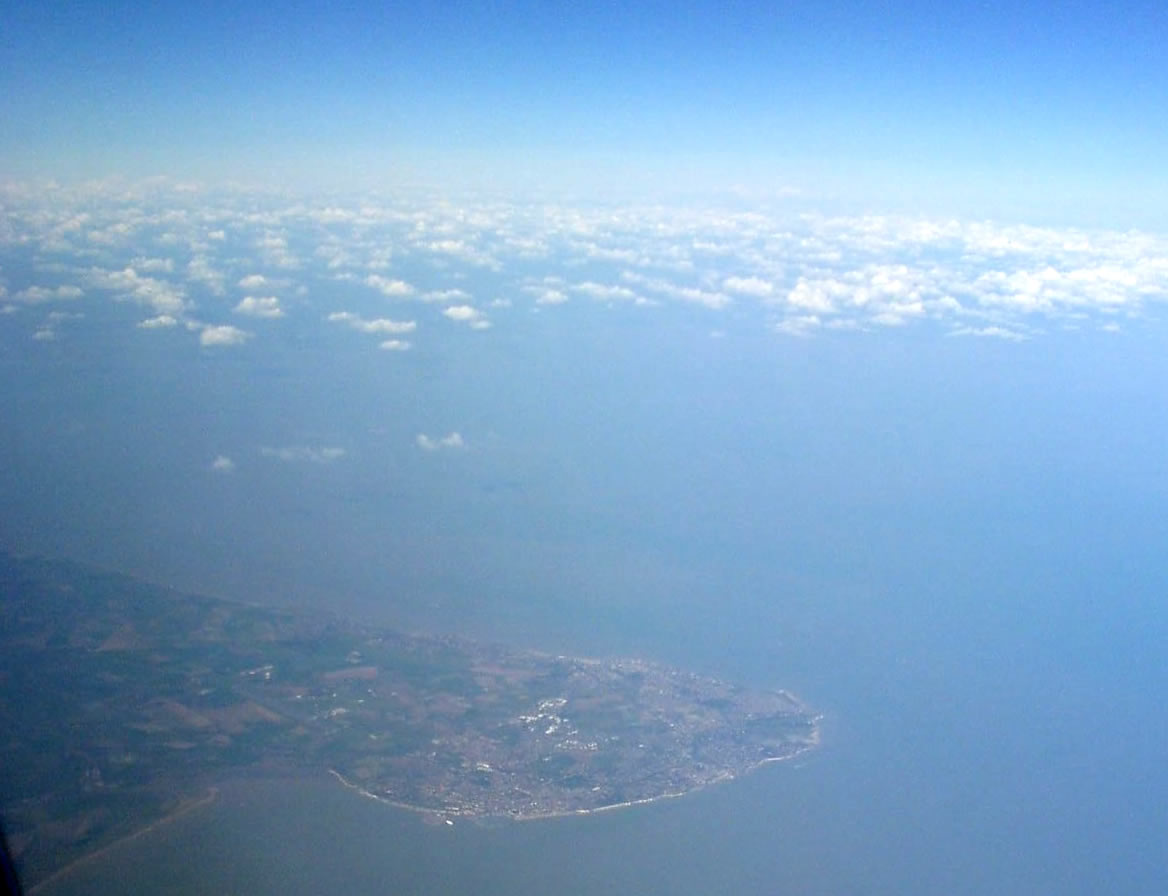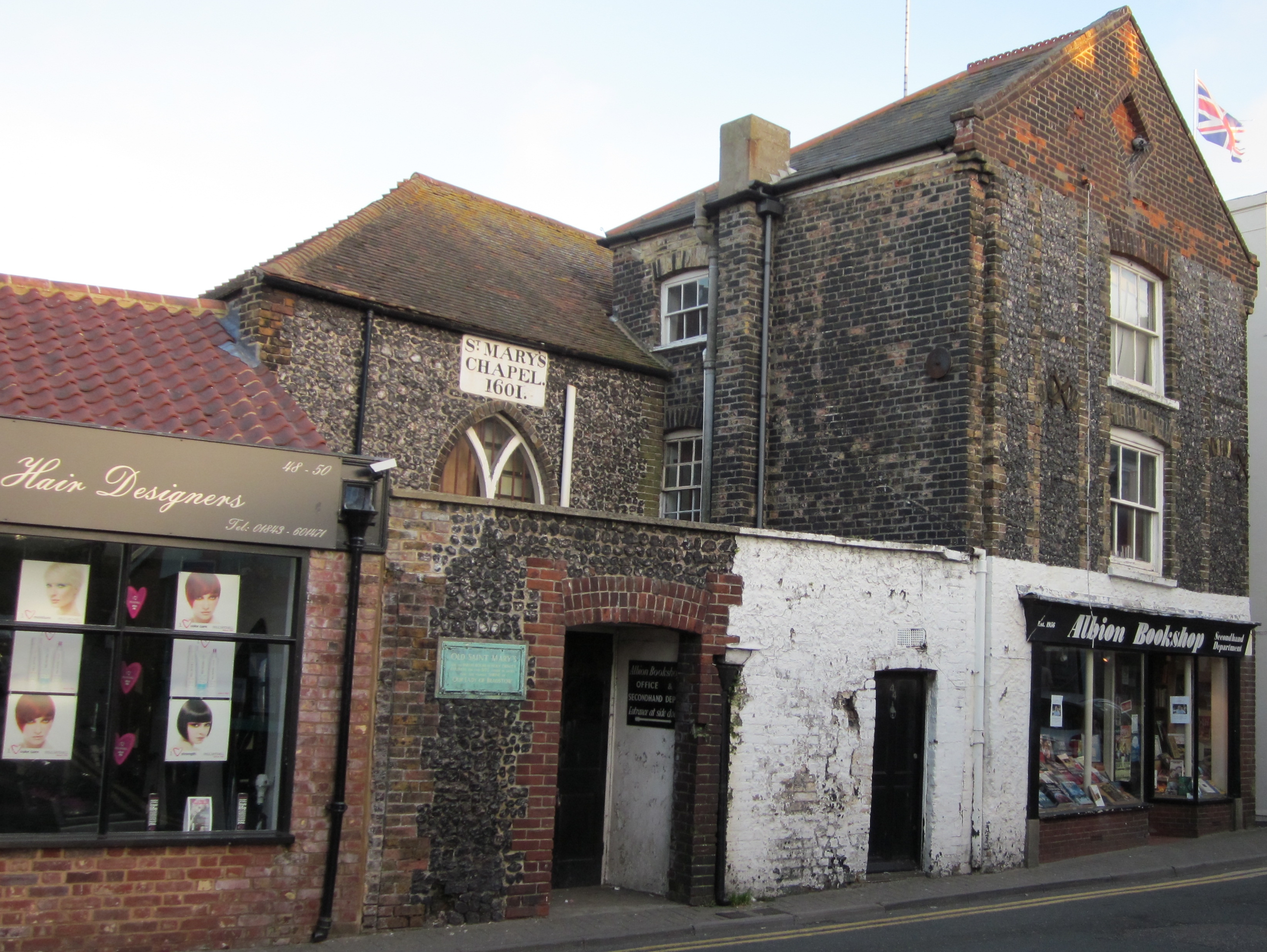|
Bleak House, Broadstairs
Bleak House (originally known as Fort House) is a prominent house on the cliff overlooking the North Foreland and Viking Bay in Broadstairs, Kent. It was built around 1801 and then substantially extended, doubling in size, in 1901. The house was the site of the North Cliff Battery and was used as a coastal station for observing maritime activity.Smuggling in Kent, Bridget Ley, Jerold Publishing House and Bleak House, 1990, , p. 14 Charles Dickens holidayed at Fort House in the 1850s and 1860s, and wrote ''David Copperfield'' during his time there. He is also said to have penned out ''Bleak House'' whilst in residence, hence the change of name in the early 1900s. The house is Grade II listed on the National Heritage List for England. History Bleak House was originally called Fort House and was the residence of a captain of one of the two coastal forts guarding Broadstairs, the town in which it is situated. Association with Charles Dickens Charles Dickens leased Fort Hou ... [...More Info...] [...Related Items...] OR: [Wikipedia] [Google] [Baidu] |
Bleak House On Fort Road (geograph 3259995)
Bleak may refer to: Fish * Species of the genus ''Alburnus'' * ''Alburnoides bipunctatus'', also known as the schneider Music * "Bleak", a song by Opeth from ''Blackwater Park'' * "Bleak", a song by Soulfly from '' Dark Ages'' Other uses * Bleak, Virginia, a community in the U.S. * David B. Bleak David Bruce Bleak (27 February 1932 – 23 March 2006) was a soldier of the United States Army during the Korean War. Bleak rose to the rank of staff sergeant and was awarded the Medal of Honor, the highest military decoration of the United ..., decorated US soldier of the Korean War See also * Bleek (other) {{disambiguation, fish ... [...More Info...] [...Related Items...] OR: [Wikipedia] [Google] [Baidu] |
North Foreland
North Foreland is a chalk headland on the Kent coast of southeast England, specifically in Broadstairs. With the rest of Broadstairs and part of Ramsgate it is the eastern side of Kent's largest peninsula, the Isle of Thanet. It presents a bold cliff to the sea, and commands views over the southern North Sea. Lighthouse Early history There was probably some sort of a beacon at an earlier period but the first distinct intimation concerning a lighthouse on the North Foreland is in the year 1636 when Charles I by letters-patent granted to Sir John Meldrum licence to continue and renew the lighthouses erected on the North and South Forelands. It seems that the lighthouse erected by Sir John consisted merely of a house built with timber lath and plaster on the top of which a light was kept in a large glass lantern for the purpose of directing ships in their course. This house was burnt down by accident in the year 1683 after which for some years use was made of a sort of beaco ... [...More Info...] [...Related Items...] OR: [Wikipedia] [Google] [Baidu] |
Broadstairs
Broadstairs is a coastal town on the Isle of Thanet in the Thanet district of east Kent, England, about east of London. It is part of the civil parish of Broadstairs and St Peter's, which includes St Peter's, and had a population in 2011 of about 25,000. Situated between Margate and Ramsgate, Broadstairs is one of Thanet's seaside resorts, known as the "jewel in Thanet's crown". The town's coat of arms's Latin motto is ''Stella Maris'' (" Star of the Sea"). The name derives from a former flight of steps in the chalk cliff, which led from the sands up to the 11th-century shrine of St Mary on the cliff's summit. The town spreads from Haine Road in the west to Kingsgate (named after the landing of King Charles II in 1683), a hamlet in St Peter parish in the north, and to Dumpton in the south (named after the yeoman Dudeman who farmed there in the 13th century). The hamlet of Reading (formerly ''Reden'' or ''Redyng'') Street was established by Flemish refugees in the 17th cent ... [...More Info...] [...Related Items...] OR: [Wikipedia] [Google] [Baidu] |
Kent
Kent is a county in South East England and one of the home counties. It borders Greater London to the north-west, Surrey to the west and East Sussex to the south-west, and Essex to the north across the estuary of the River Thames; it faces the French department of Pas-de-Calais across the Strait of Dover. The county town is Maidstone. It is the fifth most populous county in England, the most populous non-Metropolitan county and the most populous of the home counties. Kent was one of the first British territories to be settled by Germanic tribes, most notably the Jutes, following the withdrawal of the Romans. Canterbury Cathedral in Kent, the oldest cathedral in England, has been the seat of the Archbishops of Canterbury since the conversion of England to Christianity that began in the 6th century with Saint Augustine. Rochester Cathedral in Medway is England's second-oldest cathedral. Located between London and the Strait of Dover, which separates England from mainla ... [...More Info...] [...Related Items...] OR: [Wikipedia] [Google] [Baidu] |
Charles Dickens
Charles John Huffam Dickens (; 7 February 1812 – 9 June 1870) was an English writer and social critic. He created some of the world's best-known fictional characters and is regarded by many as the greatest novelist of the Victorian era.. His works enjoyed unprecedented popularity during his lifetime and, by the 20th century, critics and scholars had recognised him as a literary genius. His novels and short stories are widely read today. Born in Portsmouth, Dickens left school at the age of 12 to work in a boot-blacking factory when his father was incarcerated in a debtors' prison. After three years he returned to school, before he began his literary career as a journalist. Dickens edited a weekly journal for 20 years, wrote 15 novels, five novellas, hundreds of short stories and non-fiction articles, lectured and performed readings extensively, was an indefatigable letter writer, and campaigned vigorously for children's rights, for education, and for other social ... [...More Info...] [...Related Items...] OR: [Wikipedia] [Google] [Baidu] |
David Copperfield
''David Copperfield'' Dickens invented over 14 variations of the title for this work, see is a novel in the bildungsroman genre by Charles Dickens, narrated by the eponymous David Copperfield, detailing his adventures in his journey from infancy to maturity. It was first published as a serial in 1849 and 1850 and as a book in 1850. ''David Copperfield'' is also an autobiographical novel: "a very complicated weaving of truth and invention", with events following Dickens's own life. Of the books he wrote, it was his favourite. Called "the triumph of the art of Dickens", it marks a turning point in his work, separating the novels of youth and those of maturity. At first glance, the work is modelled on 18th-century "personal histories" that were very popular, like Henry Fielding's ''Joseph Andrews'' or '' Tom Jones'', but ''David Copperfield'' is a more carefully structured work. It begins, like other novels by Dickens, with a bleak picture of childhood in Victorian England, f ... [...More Info...] [...Related Items...] OR: [Wikipedia] [Google] [Baidu] |
Bleak House
''Bleak House'' is a novel by Charles Dickens, first published as a 20-episode serial between March 1852 and September 1853. The novel has many characters and several sub-plots, and is told partly by the novel's heroine, Esther Summerson, and partly by an omniscient narrator. At the centre of ''Bleak House'' is a long-running legal case in the Court of Chancery, ''Jarndyce and Jarndyce'', which comes about because a testator has written several conflicting wills. In a preface to the 1853 first edition, Dickens claimed there were many actual precedents for his fictional case. One such was probably the ''Thellusson v Woodford'' case in which a will read in 1797 was contested and not determined until 1859. Though many in the legal profession criticised Dickens's satire as exaggerated, this novel helped support a judicial reform movement which culminated in the enactment of legal reform in the 1870s. There is some debate among scholars as to when ''Bleak House'' is set. The Englis ... [...More Info...] [...Related Items...] OR: [Wikipedia] [Google] [Baidu] |
Listed Building
In the United Kingdom, a listed building or listed structure is one that has been placed on one of the four statutory lists maintained by Historic England in England, Historic Environment Scotland in Scotland, in Wales, and the Northern Ireland Environment Agency in Northern Ireland. The term has also been used in the Republic of Ireland, where buildings are protected under the Planning and Development Act 2000. The statutory term in Ireland is " protected structure". A listed building may not be demolished, extended, or altered without special permission from the local planning authority, which typically consults the relevant central government agency, particularly for significant alterations to the more notable listed buildings. In England and Wales, a national amenity society must be notified of any work to a listed building which involves any element of demolition. Exemption from secular listed building control is provided for some buildings in current use for worship, ... [...More Info...] [...Related Items...] OR: [Wikipedia] [Google] [Baidu] |
National Heritage List For England
The National Heritage List for England (NHLE) is England's official database of protected heritage assets. It includes details of all English listed buildings, scheduled monuments, register of historic parks and gardens, protected shipwrecks, and registered battlefields. It is maintained by Historic England, a government body, and brings together these different designations as a single resource even though they vary in the type of legal protection afforded to them. Although not designated by Historic England, World Heritage Sites also appear on the NHLE; conservation areas do not appear since they are designated by the relevant local planning authority. The passage of the Ancient Monuments Protection Act 1882 established the first part of what the list is today, by granting protection to 50 prehistoric monuments. Amendments to this act increased the levels of protection and added more monuments to the list. Beginning in 1948, the Town and Country Planning Acts created the fir ... [...More Info...] [...Related Items...] OR: [Wikipedia] [Google] [Baidu] |
William Carew Hazlitt
William Carew Hazlitt (22 August 18348 September 1913), known professionally as W. Carew Hazlitt, was an English lawyer, bibliographer, editor and writer. He was the son of the barrister and registrar William Hazlitt, a grandson of the essayist and critic William Hazlitt, and a great-grandson of the Unitarian minister and author William Hazlitt. William Carew Hazlitt was educated at the Merchant Taylors' School and was called to the bar of the Inner Temple in 1861. Works Among Hazlitt's many publications are ''Handbook to the Popular, Poetical and Dramatic Literature of Great Britain: From the Invention of Printing to the Restoration'' (1867). Hazlitt published further contributions to the subject in ''Bibliographical Collections and Notes on Early English Literature, Made During the Years 1893–1903'' (1903), and a ''Manual for the Collector and Amateur of Old English Plays ...'' (1892). He was also the chief editor of an edition of Warton's '' History of English Poetry'' (18 ... [...More Info...] [...Related Items...] OR: [Wikipedia] [Google] [Baidu] |



%2C_Bleak_House_(1852-3)_plate.png)
